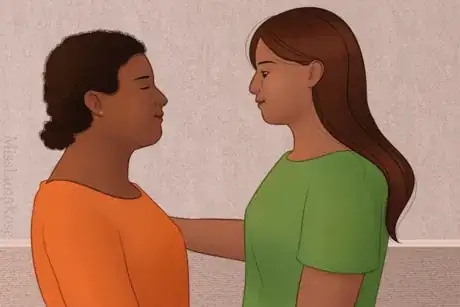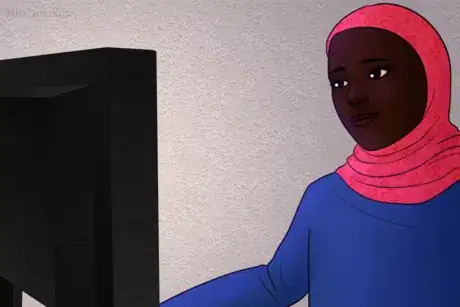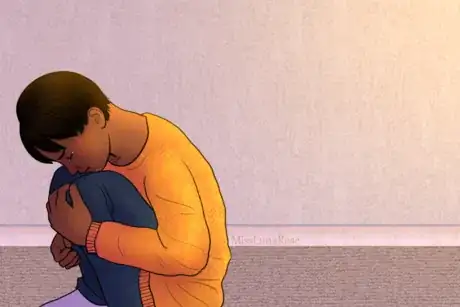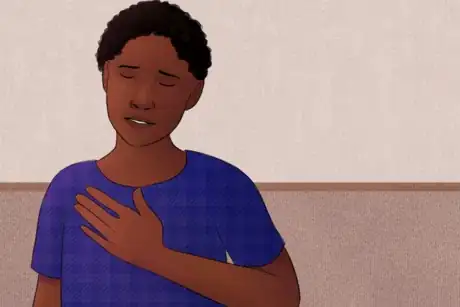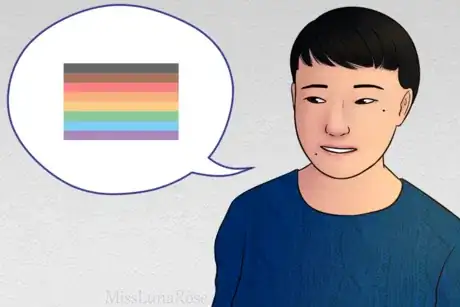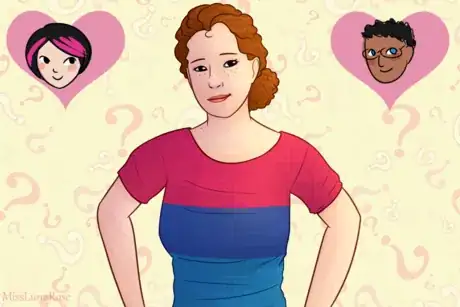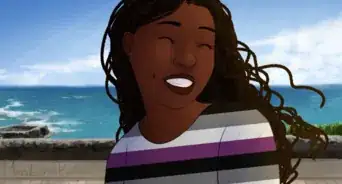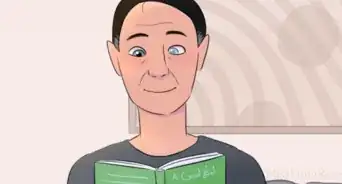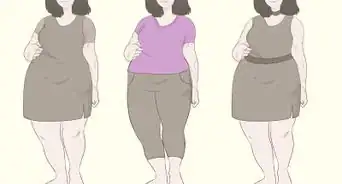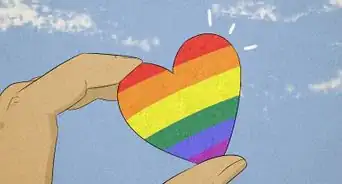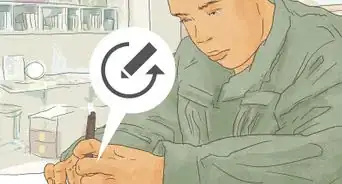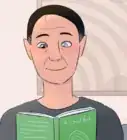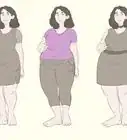X
wikiHow is a “wiki,” similar to Wikipedia, which means that many of our articles are co-written by multiple authors. To create this article, volunteer authors worked to edit and improve it over time.
This article has been viewed 37,450 times.
Learn more...
Queerbaiting--if you're queer yourself, you might already know what this harmful marketing tactic is. Queerbaiting is shown most commonly on TV but can be seen in books, music, and any other type of media. You may already know that queerbaiting is bad--but what exactly is queerbaiting? In this wikiHow, you will learn what queerbaiting really is and how to avoid queerbaiting in stories you write.
Steps
Section 3 of 4:
Why is queerbaiting harmful?
-
1It may cause young viewers to assume that there is little LGBTQ representation and feel isolated. Young people who identify as LGBTQ and view media with queerbaiting can feel inadequately represented. These sorts of bait-and-switch techniques also exacerbate the mental health concerns that queer people are already more prone to encounter, such as depression and anxiety. When queer youth don't see themselves reflected in media, it can be isolating.[3]
-
2It's invalidating to LGBTQ people. When same-gender attraction or LGBTQ identities are suggested but never shown, this can be invalidating for people who identify as LGBTQ. Queerbaiting is a way to "sweep" LGBTQ identities "under the rug;" this is very invalidating to queer folks.
-
3Queerbaiting is considered an attempt to "erase" queer identities. When characters are hinted at to be LGBTQ and then aren't actually shown to be, or never state their identity, this can appear as a way to "erase" queer identities by showing same-gender attraction or being LGBTQ as "a phase" or "not a real thing".
-
4It allows firms to benefit from deceptive marketing to the LGBTQ community. Queerbaiting also contributes to the LGBTQ community's stigma, since it inhibits society from viewing LGBTQ individuals as just normal, everyday humans functioning in a culture where they can live happy, healthy, normal lives out in the open.
Advertisement
Section 4 of 4:
How can I avoid queerbaiting in my own writing?
-
1Don't be afraid to write queer characters and relationships. Many cisgender and/or straight writers are "cautious" or don't want to add LGBTQ characters to their story because they think they will misrepresent queer-identifying people. Writing a queer character or relationship is nearly the same as writing any other characters or relationship.
- However, there are some things you must keep in mind to write LGBTQ characters respectfully and properly. Check out How to Make a Fictional LGBT Character to do this.
-
2Make character relationships clear. The character's friendship and relationship should be made clear in your story. For example, if two guys flirt with each other throughout your story and clearly like one another, make them a couple at the end. If a character likes their best friend and flirts with them, but their friend doesn't feel the same way, have one of them say they aren't interested in dating. Don't make a character have a love interest and leave the reader hanging.
- Remember that questions about love interests and relationships should be answered by the end of the story. The reader should be able to read your story and say something like, "two guys were in love with each other and finally decided to go on a date at the last chapter of the story," not "two guys were in love and flirted, but they never actually started dating."
-
3Try to include one or two same-gender couples in your story. This is a simple way to add LGBTQ representation to your story. Try having a story character talk about their partner in a conversation, or make a primary character bring her girlfriend to a party.
-
4Add a least one known queer character in your story. Make at least one queer character in your story, and have them clearly state their identity or sexual orientation. Avoid "beating around the bush" with their identity as the story goes on because this is what queerbaiting truly is.
-
5If the main character isn't queer, add a few LGBTQ background characters. Have one or more of the main character's friends, peers, family members, colleagues, or teachers mention that they are LGBTQ or in a same-gender relationship. Simply having one character that is (openly) LGBTQ can make all the difference for inclusivity in your story.
Advertisement
Community Q&A
-
QuestionOne of my main characters is bi, but she won't come out or get in a relationship until the second book. I want to foreshadow it in book one, so it doesn't come out of nowhere but I'm worried it'll seem like baiting. Help?
 NicoTop AnswererThere are several different options for you. Here are a few examples of what you could do to avoid queerbaiting: 1, have your bi character talk to herself with monolog about her sexual orientation; for example, she sits on her bed and says, "Now isn't a good time to come out. I should wait a little longer." 2, you could have your character point make a joke about her sexuality with dialogue between her family/friends, but never explicitly state that she's bisexual. 3, she could be shown researching bisexuality on her computer. There are many different approaches you could take without queerbaiting. See if you can come up with an idea that fits the story.
NicoTop AnswererThere are several different options for you. Here are a few examples of what you could do to avoid queerbaiting: 1, have your bi character talk to herself with monolog about her sexual orientation; for example, she sits on her bed and says, "Now isn't a good time to come out. I should wait a little longer." 2, you could have your character point make a joke about her sexuality with dialogue between her family/friends, but never explicitly state that she's bisexual. 3, she could be shown researching bisexuality on her computer. There are many different approaches you could take without queerbaiting. See if you can come up with an idea that fits the story. -
QuestionI have two asexual aromantic side character OCs and I don't know how to show their sexuality because they're isolated from the world due to the world's danger to them. I don't know how to show that.
 NicoTop AnswererYou could have the two characters be alone together at one point in the story and have one of them come out, then have the other one come out in the same conversation.
NicoTop AnswererYou could have the two characters be alone together at one point in the story and have one of them come out, then have the other one come out in the same conversation.
Advertisement
References
- ↑ https://www.health.com/mind-body/lgbtq-health/queerbaiting
- ↑ https://bookriot.com/what-is-queerbaiting-vs-queer-coding/
- ↑ https://www.health.com/mind-body/lgbtq-health/queerbaiting
- https://chsprospector.com/4551/a-e/the-harm-in-queerbaiting/
- https://www.cbr.com/fandom-please-stop-misusing-queerbaiting/
About This Article
Advertisement
